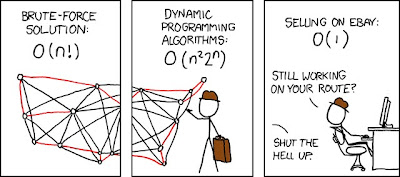Segundo vulcão maior e mais potente pode entrar em erupção na Islândia

FOLHA ONLINE PUBLICIDADE Após o caos aéreo na Europa, causado pela erupção do vulcão Eyjafjallojkull, que causou transtornos e prejuízos a companhias aéreas e passageiros em todo o mundo, um vulcão ainda maior e mais potente ameaça entrar em atividade na Islândia, o Katla, informam especialistas britânicos. Em abril, durante o caos aéreo, especialistas afirmaram que já houve outros casos em que o Katla entrou em erupção após o Eyjafjallojkull, entrar em atividade. "Uma erupção a curto prazo do vulcão Katla, maior e mais potente que a do Eyjafjallojkull, é uma grande possibilidade", afirma os especialistas do Instituto para a Redução de Riscos e do Número de Catástrofes, ligado ao University College London (UCL). Binod Joshi/AP Turistas retidos no Nepal após nuvem de cinzas vulcânicas; prejuízos são de R$ 2,9 bilhões "É muito provável que as erupções na Islândia, moderadas ou importantes, combinadas com condições meteorológicas apropriadas, provoquem uma repetição das per





